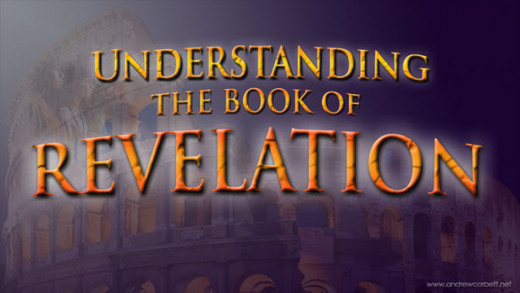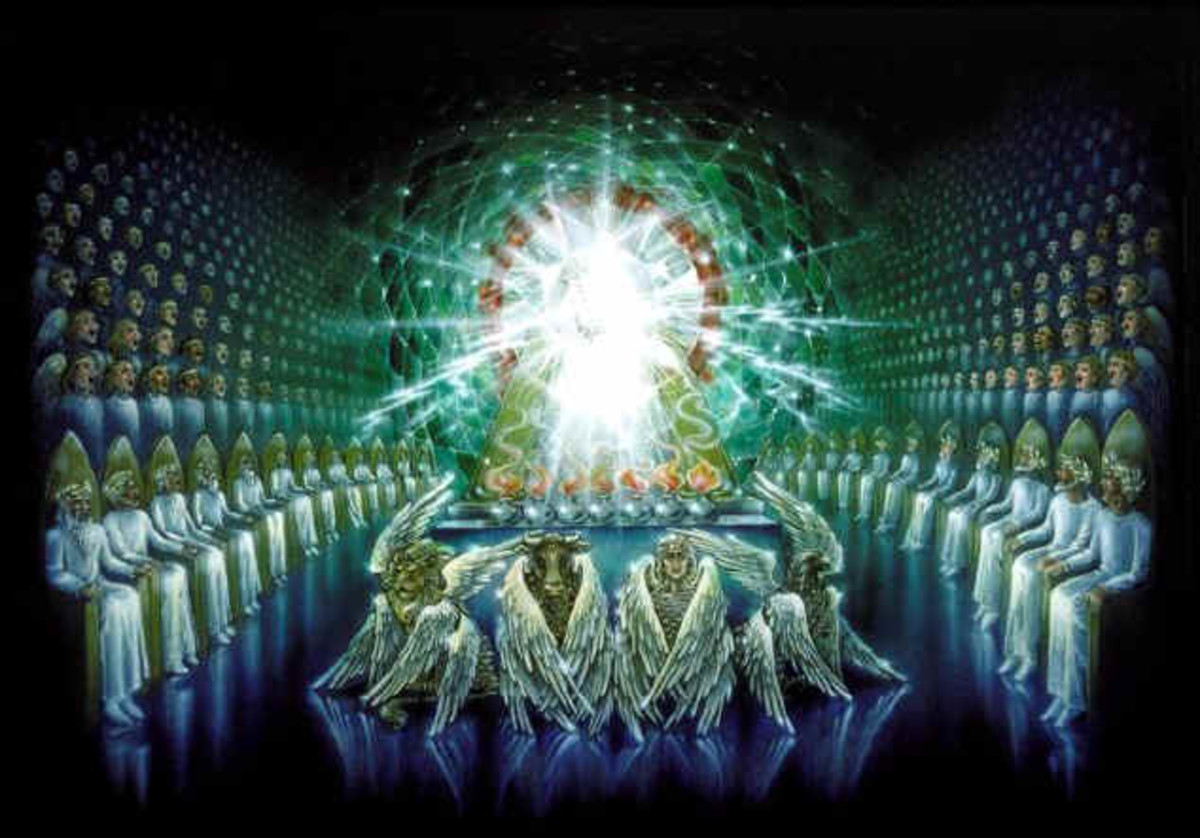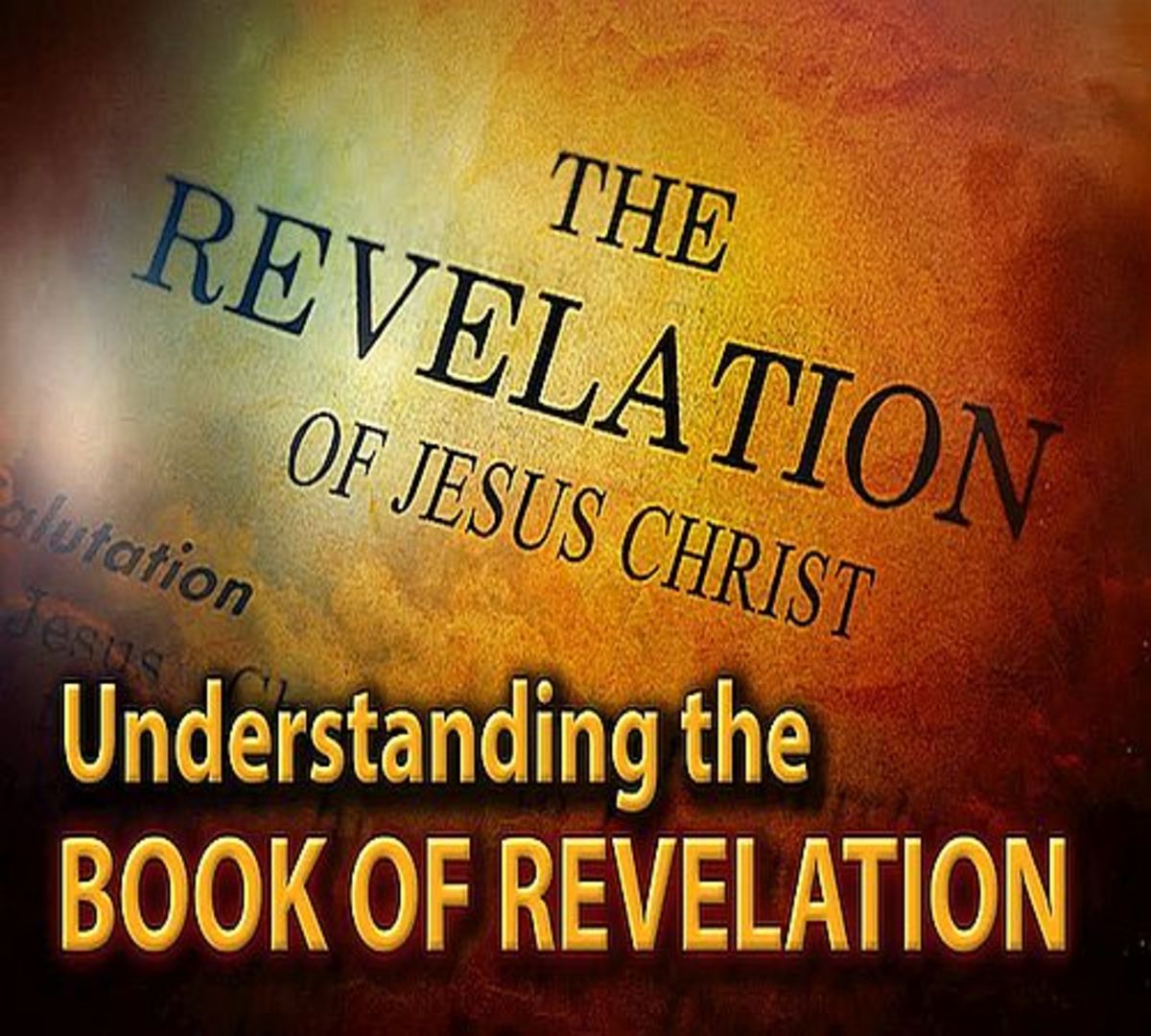The Key to the Book of Revelation

Revelation's Sequence of Visions
It seems to me that much depends on the method one uses to interpret John's visions in the book of Revelation, that, this question must be settled before conducting any discussion of end-time topics.
It would not be an exaggeration to say, that, literally, entire libraries have been filled over the centuries with different views of how the book of Revelation is to be understood. Of course, the problem with determining the correct method of interpretation has challenged Bible students almost since the very beginning. However, through the centuries there have, basically, been four systems used to interpret the Apocalypse (the Greek word for Revelation). All of these views can not be correct. Only the one intended by the Holy Spirit, speaking through John, will unlock the esoteric (hard to be understood) knowledge, intended to remain hidden from all except the faithful.
First, we will examine the four systems of interpretation which have been commonly applied. After our examination of these four systems, an observation will be made. From this observation, a compass heading will be established for future excursions into John’s Revelation of Jesus Christ. Given below are the four systems to be examined with a brief definition of each:
- Preterit (Pret-er-it): The word means “past”. Those who hold to this view see the book of Revelation as having already been fulfilled within the lifetime of the apostles, or, at least by the end of the first century. A disciple of this system is called a “Preterist.”
- Historic: The Historic system of interpretation views the Revelation as describing the mystery of God as it unfolds from the time of the Church’s beginning up to, and including, the end of human history. Disciples of this system are called “Historicists.”
- Futuristic: The Futuristic system of interpretation places the visions of the Revelation into the very end of human history (most of which take place after the church has left the earth via the rapture). Disciples of this system are called “Futurists.”
- Idealic: The Idealic system views the prophecies and visions as having no particular fulfillment, but as being symbolic pictures of timeless truths; such as the triumph of good over evil.
As stated earlier, we will make an observation at this point, based upon Revelation’s own testimony. As is the nature of apocalyptic literature, the secret keys of understanding are always encoded into the text, in such a way that the searcher of the text will trip upon the key for which he or she searches. Such a key is found at Revelation 1:19, as should be the case for a search of any great and complicated edifice. The key ought to be found at the very entry way, or one could (nay, would) wonder aimlessly, inside the mysterious labyrinth, amid thunderings, lightnings, blasting trumpets, terrifying voices; earthquakes, hailstones; demon locusts, diabolic frogs, dragons, wounded and bleeding Lambs, beheaded corpses crying for revenge, galloping horses: first white, then the red, followed by the black, then the pale; here, a woman bright and radiant—there another lustful and drinking blood; here a man eating a book—there a man weeping over a book unopened; here, an altar with four horns which speak; there, great birds with the flesh of kings in their beaks. All within a thick, disorienting, smoke.
So, here, in the very first chapter, in the introduction to the very first vision, is found the “key” of understanding to the great mystery book of the New Testament. Here, at the entrance of the labyrinth is the “key” of interpreting this great mystery. The Lord gives the apostle John instruction concerning the visions he is about to behold. John is told, in no uncertain terms, “Write the things which thou hast seen, and the things which are, and the things which shall be hereafter.” (Revelation 1:19)
Behold, the “key” to unlock the system of interpretation for the Revelation. The recorder is to write what he “has seen”—past: from the beginning of the Church up to his present time (see Acts 11:15 where the apostle Peter references the day of Pentecost as the beginning of the kingdom of God); further, John is to write the things “which are”—the present: those things presently transpiring in his world (the current events that plague upon the Church and Empire); and he was to write what “shall be hereafter”—the future: the events of the Church and the world up to and including the very end of human history.
When this schematic is compared to the four systems of interpretations (Preterit, Historic, Futuristic, and Idealic), it becomes clear that some will be eliminated, being proven invalid. Keep in mind that this “key” possesses three dimensions. These dimensions are past, present, and future. Let us look at our suggested methods and see how they fare when compared to the past, present, and future dimensions of the “Key of Interpretation” (Revelation 1:19).
- Preterit: This first system listed is eliminated by the futuristic dimension of the key. Namely, when the key mentions “things which shall be hereafter,” it effectively removes the Preterit model from valid application to the Revelation.
- Futuristic: The third system listed is eliminated by the past and present dimensions contained in the key: “things which thou hast seen ... things which are.”
- Idealic: The fourth system listed is eliminated by the fact of the Revelation having a reality in the concrete world. Therefore, the Idealic denial of any real fulfillment of John’s visions is discredited by the past fulfillment of the visions demonstrated in any honest reading of history. The past, present and future dimensions of the “key” (Revelation 1:19) moves the truth of the Revelation far beyond mysterious parables that teach endless truths.
- Historic: The only system that is not eliminated by Revelation’s own “key” is the Historic method of interpreting the visions. Therefore, Revelation should be understood from a Historicist’s view. Namely, that this apocalyptic Scripture describes the history of the Church and world empires from the time of the Church’s beginning, up to, and including, history’s consummation.
By viewing Revelation in the light of the Historic method we may expect some of the visions to have been fulfilled, some visions to be in the process of being fulfilled, and some visions awaiting fulfillment in the future.
Apostolically Speaking
☩ Jerry Hayes
- When Was the Book of Revelation Written?
When the book of Revelation was written has everything to do concerning how the books prophecies are to be interpreted. The scholars are divided as to an early and late date. Which is correct? - When Was the Book of Revelation Written?
When the book of Revelation was written has everything to do concerning how the books prophecies are to be interpreted. The scholars are divided as to an early and late date. Which is correct?







